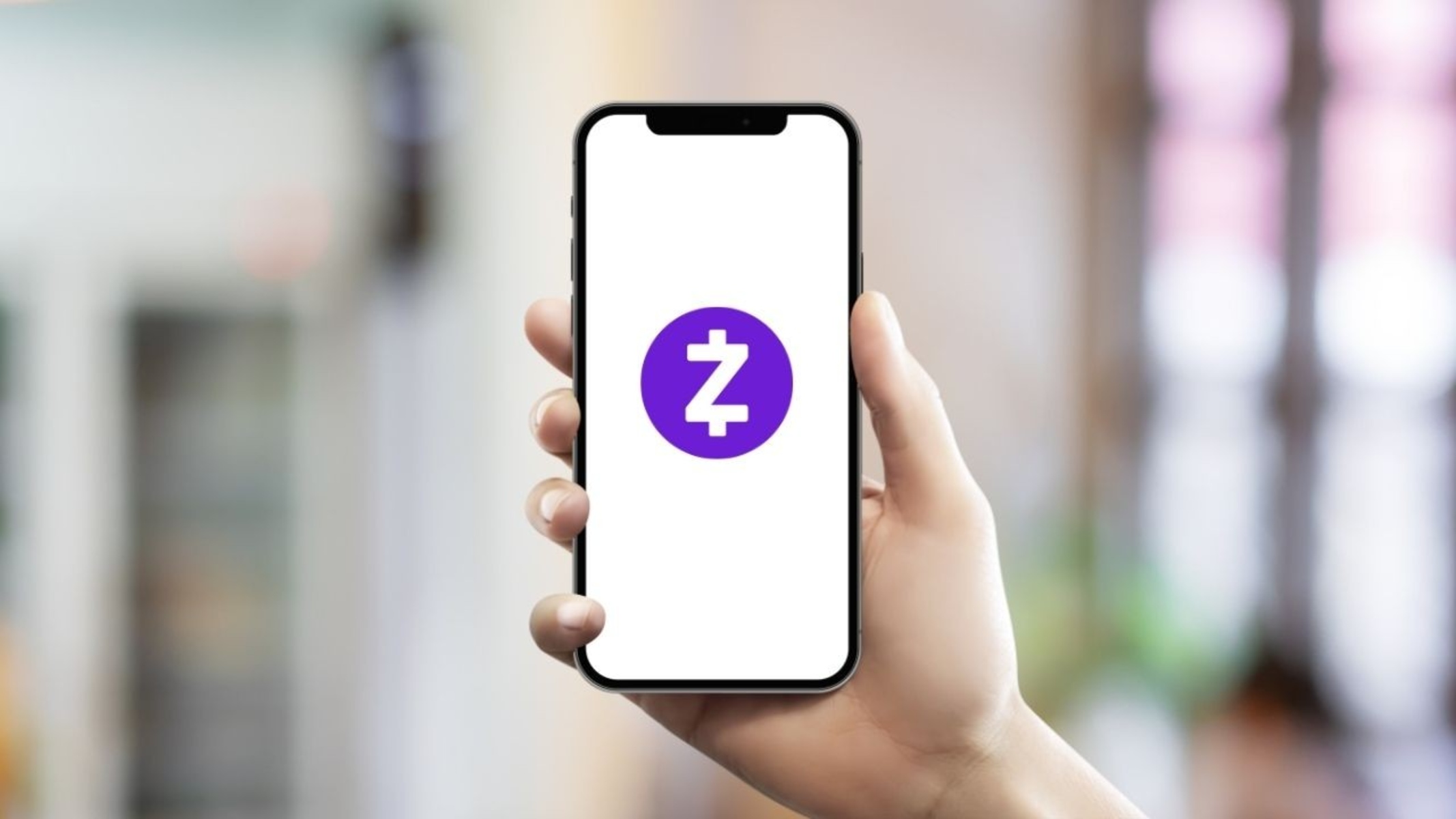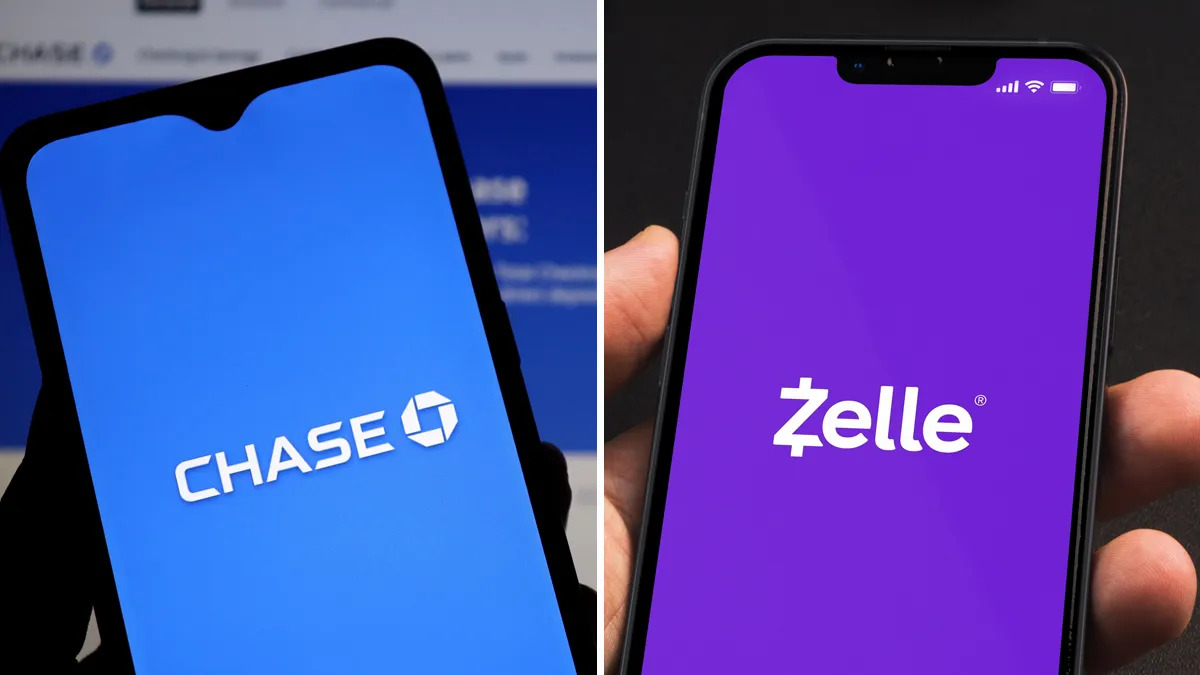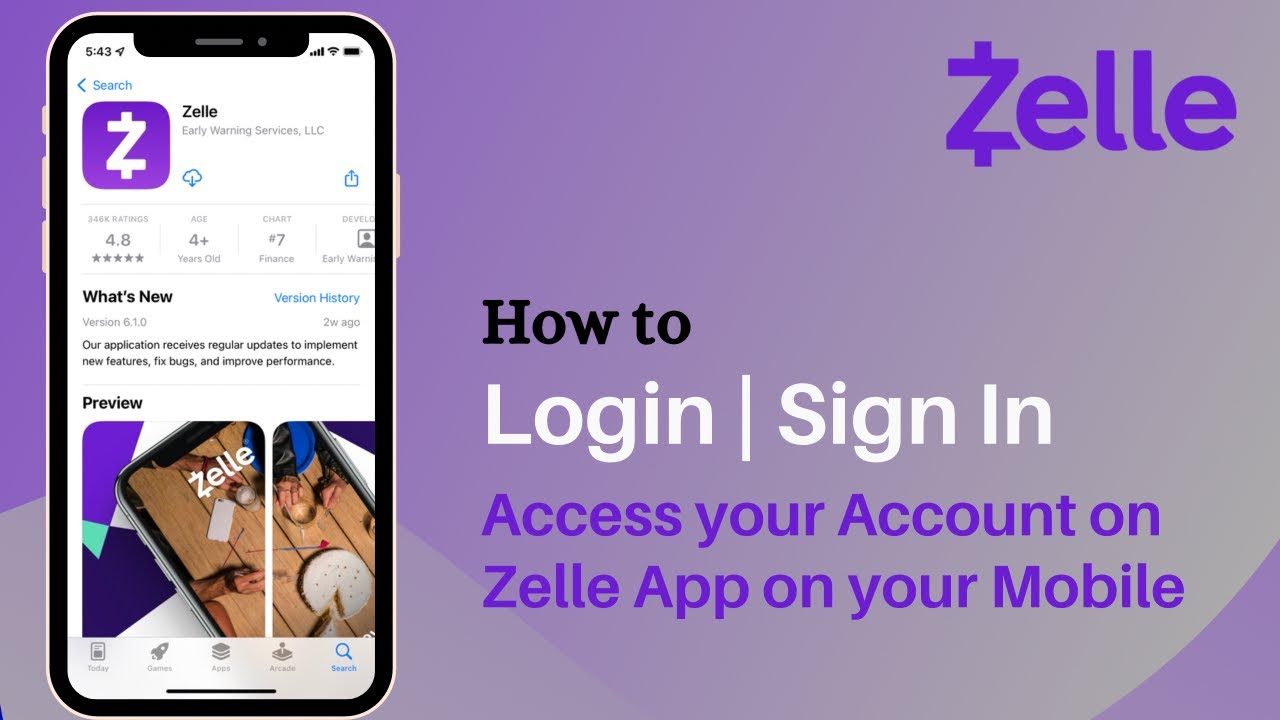What is an Email Money Transfer
An email money transfer (EMT) is a convenient and secure method of transferring funds electronically. It allows individuals to send money to others using their email addresses, eliminating the need for physical cash or paper checks. EMTs are commonly used for various purposes, including paying bills, transferring funds to family or friends, or making purchases.
The process of an email money transfer involves the sender initiating the transfer through their online banking platform or financial institution’s mobile app. They provide the recipient’s email address, specify the amount to be transferred, and include a security question and answer that the recipient will need to provide correctly to access the funds.
Once the email money transfer is initiated, the recipient will receive an email notification with instructions on how to accept the transfer. Typically, the recipient will need to log into their own online banking account or mobile app, navigate to the email money transfer section, and follow the provided instructions to answer the security question and accept the funds. Once accepted, the funds are usually deposited directly into the recipient’s bank account or made available for withdrawal.
Email money transfers are widely used due to their convenience, speed, and security. They offer a simple and efficient way to transfer funds without the need for physical interaction or cumbersome paperwork. Additionally, most financial institutions offer email money transfer services as part of their online banking features, making it easily accessible to their customers.
It is important to note that email money transfers may have certain limits on the amount that can be transferred, as set by the sender’s financial institution. These limits vary depending on the institution and may be subject to change. It is advisable to check with your financial institution to confirm any limits or restrictions that may apply to your email money transfers.
How Does an Email Money Transfer Work
An email money transfer (EMT) is a seamless process that involves several steps to ensure the secure transfer of funds from the sender to the recipient. Here’s a breakdown of how an email money transfer works:
- The sender initiates the transfer: The sender begins the process by logging into their online banking platform or mobile app. They select the option to send an email money transfer and provide the recipient’s email address along with the amount to be transferred.
- Security question and answer: The sender creates a security question and answer that will be required for the recipient to access the funds. This additional layer of security ensures that only the intended recipient can claim the funds.
- Notification email: Once the email money transfer is initiated, the recipient receives an email notification informing them that they have been sent money. The email typically includes instructions on how to accept the transfer.
- Recipient acceptance: The recipient clicks on the provided link in the email notification, which directs them to their online banking platform or mobile app. They log in to their account and navigate to the email money transfer section.
- Answering the security question: In order to access the funds, the recipient must provide the correct answer to the security question set by the sender. This ensures that only the recipient who knows the answer can claim the funds.
- Funds transfer: Once the security question is answered correctly, the funds are transferred to the recipient’s bank account or made available for withdrawal. The recipient will typically receive a confirmation notification indicating that the transfer has been successfully completed.
It’s important to note that different financial institutions may have slight variations in their email money transfer processes. However, the underlying principles remain the same – a sender initiates the transfer, the recipient accepts it by correctly answering the security question, and the funds are then transferred or made available for withdrawal.
Email money transfers are a convenient and secure way to send and receive funds electronically. They eliminate the need for physical cash or checks, making transactions quick and hassle-free.
Factors That Can Affect the Time It Takes for an Email Money Transfer
While email money transfers are generally known for their speed and convenience, several factors can influence the time it takes for the transfer to be completed. Understanding these factors can help manage expectations regarding the timeline. Here are some key factors that can affect the time it takes for an email money transfer:
- Financial institution processing time: The processing time of the sender’s and recipient’s financial institutions will have an impact on the overall transfer timeframe. Different institutions may have varying processing times due to factors such as their internal policies, workflow, and transaction volume.
- Verification process: Email money transfers often include a security question and answer. If the recipient enters the wrong answer or fails to provide the required verification, it can cause delays in accessing the funds.
- Recipient’s email settings: The recipient’s email settings, such as spam filters or blocked senders, can affect the delivery of the email notification. If the email ends up in the recipient’s spam or junk folder, they may not notice it promptly, resulting in a delay in accepting the transfer.
- Availability of sender and recipient: If the sender or recipient is unavailable to initiate or accept the transfer promptly, it can cause delays. Factors such as time zone differences, availability of internet access, or being away from the devices used for banking transactions can all impact the transfer timeframe.
- Transaction limits: Financial institutions may have specific transaction limits for email money transfers. If the amount being transferred exceeds these limits, additional verification steps or manual processing may be required, leading to longer processing times.
It is important to keep in mind that while email money transfers are designed to be fast, some delays may occur due to these factors. If you experience a longer than expected transfer time, it is recommended to contact your financial institution or check their website for any known issues or delays that may be affecting the processing of email money transfers.
By understanding these factors, you can better manage your expectations regarding the time it takes for an email money transfer to be completed and plan accordingly.
Typical Timeframes for Email Money Transfers
Email money transfers are known for their speed and efficiency compared to traditional methods of transferring funds. While the exact timeframe may vary depending on various factors, including the financial institutions involved, it is helpful to have an understanding of the typical timeframes for email money transfers. Here are some general guidelines:
Within the Same Financial Institution: When both the sender and recipient have accounts at the same financial institution, email money transfers can often be completed almost instantly. This is because the transfer occurs within the same banking system, eliminating the need for interbank processing.
Between Different Financial Institutions: If the sender and recipient have accounts at different financial institutions, the timeframe for an email money transfer may be slightly longer. Typically, these transfers are processed within one to two business days. This allows for the necessary interbank communication and verification processes to take place.
International Email Money Transfers: When sending funds internationally through an email money transfer, the timeframe can vary significantly depending on the countries and financial institutions involved. The transfer may take anywhere from a few hours to several business days. Delays can occur due to factors such as currency conversion, international banking regulations, and processing times between different financial systems.
It’s important to note that these timeframes are general estimates, and actual transfer times may vary based on the specific circumstances of the transfer and the financial institution’s procedures. Additionally, unexpected factors such as weekends, holidays, or technical issues may also affect the transfer timeframe.
If you are concerned about the time it is taking for an email money transfer, it is recommended to contact your financial institution for assistance. They can provide you with specific information regarding the status of the transfer and any potential delays.
Overall, email money transfers offer a quick and convenient method for transferring funds, especially within the same financial institution. By being aware of the typical timeframes, you can plan your transactions accordingly and have a better understanding of when the funds will be available to the recipient.
Tips to Expedite an Email Money Transfer
Email money transfers are designed to provide a fast and efficient way to send funds electronically. While the exact speed of the transfer is dependent on various factors, there are several tips you can follow to help expedite the process. Here are some useful tips:
- Ensure accurate recipient information: Double-check that you have entered the correct email address of the recipient. Mistaken or misspelled email addresses can cause delays or result in the funds being sent to the wrong individual.
- Use secure and reliable internet connections: When initiating or accepting an email money transfer, ensure that you are connected to a secure and reliable internet connection. Unstable or unreliable connections can cause interruptions and delays during the transfer process.
- Choose appropriate security question and answer: When setting up the security question and answer, choose something that is easy for the recipient to remember but difficult for others to guess. This will help eliminate any unnecessary delays caused by forgotten or incorrect answers.
- Coordinate with the recipient: If possible, communicate with the recipient beforehand to let them know that you will be sending an email money transfer. This allows them to be on the lookout for the email notification and be prepared to initiate the acceptance process promptly.
- Check for any transfer limits: Be aware of any transfer limits imposed by your financial institution. If you need to send a larger amount, check if there are any additional steps or verification required for higher value transfers. This will help you plan accordingly and avoid unexpected delays.
- Monitor your email and online banking: Stay vigilant and regularly check your email inbox for any notifications related to the email money transfer. Additionally, monitor your online banking platform or mobile app for any updates or status changes regarding the transfer.
- Contact your financial institution: If you experience any delays or issues with an email money transfer, contact your financial institution for assistance. They can provide insights into the status of the transfer and help resolve any potential roadblocks.
By following these tips, you can help ensure a smooth and speedy email money transfer experience. It’s important to remember that while email money transfers are generally quick, certain factors beyond your control may still impact the exact timeframe. Staying proactive and informed will help you navigate any possible delays and ensure a successful transfer.
Common Issues That Can Cause Delay in Email Money Transfers
Email money transfers are typically known for their convenience and speed. However, there are certain common issues that can cause delays in the processing of an email money transfer. Being aware of these issues can help you understand why a transfer may be taking longer than expected. Here are some common factors that can cause delays:
- Incorrect recipient information: Providing incorrect recipient information, such as an incorrect email address or misspelled name, can result in delays. It is crucial to double-check the recipient’s details before initiating the transfer to ensure accurate delivery.
- Verification difficulties: Email money transfers often include a security question and answer that the recipient must provide to access the funds. If the recipient enters the wrong answer multiple times or encounters difficulty with the verification process, it can cause delays in the transfer.
- Recipient’s email settings: The recipient’s email settings, particularly spam filters or blocked senders, can interfere with the delivery of the email notification. If the email ends up in the recipient’s spam or junk folder, they may not notice it promptly, resulting in a delay in accepting the transfer.
- Technical issues: Technical glitches or disruptions with the sender’s or recipient’s financial institution’s systems can lead to delays in processing email money transfers. These issues can include server downtime, network outages, or software malfunctions that temporarily impact the transfer process.
- Time zone differences: If the sender and recipient are in different time zones, it can affect the transfer timeframe. The transfer may need to go through additional processing steps or wait until the recipient’s financial institution’s business hours before the funds are made available.
- High transaction volume: During peak periods, such as holidays or weekends when many people are initiating transfers, financial institutions may experience a higher volume of email money transfers. This increased volume can lead to delayed processing times as the institution manages the larger workload.
If you experience a delay in an email money transfer, it is advisable to check if any of these common issues may be the cause. In such cases, contacting your financial institution’s customer support can provide you with additional assistance and help resolve any issues or provide updates on the status of the transfer.
While email money transfers are generally fast, it is important to keep in mind that unforeseen circumstances or factors beyond your control can impact the transfer time. Patience and proactive communication with your financial institution can help address any delays and ensure a successful transfer in a timely manner.
How to Track the Progress of an Email Money Transfer
When you initiate an email money transfer, it can be helpful to track its progress to ensure that the funds are being processed and transferred successfully. While the exact tracking options may vary depending on your financial institution, here are some general steps you can take to track the progress of an email money transfer:
- Check your email notifications: After initiating the email money transfer, both the sender and recipient will typically receive email notifications. These emails will contain information regarding the transfer, including the amount, sender and recipient details, and any security question or password required. Review these emails to ensure that all the information is correct and to keep a record of the transfer.
- Log in to your online banking platform: To track the progress of the transfer, log in to your online banking platform or mobile app. Navigate to the section dedicated to email money transfers, which may be labeled differently based on your financial institution.
- Review the transfer status: Within your online banking platform, you should be able to view the status of your email money transfer. The status might be labeled as “pending,” “in progress,” or “completed.” This information will indicate at which stage the transfer currently stands. If the transfer is pending or in progress, it means it is still being processed, whereas a completed status means the funds have been successfully transferred.
- Contact customer support: If you are unable to find the tracking information or have further questions about the transfer, contacting your financial institution’s customer support can provide you with more details. They will have access to your account information and can provide updates on the progress of the transfer.
- Stay informed through the institution’s website or app: Some financial institutions provide real-time tracking updates for email money transfers on their websites or mobile apps. Check if your institution offers this feature, as it can provide you with the most up-to-date information on the transfer’s progress.
It is important to remember that every financial institution may have different tracking options and interfaces. Therefore, it is recommended to consult the specific resources provided by your institution to understand the detailed tracking process for email money transfers.
By following these steps, you can easily track the progress of your email money transfer and ensure that the funds are successfully transferred within the expected timeframe.
Alternative Options If Email Money Transfer is Taking Too Long
If you find that an email money transfer is taking longer than expected, there are alternative options you can consider to expedite the process or explore alternative methods of transferring funds. Here are some alternatives to consider if your email money transfer is taking too long:
- Interac e-Transfer: If you are in Canada, Interac e-Transfer is an alternative electronic funds transfer method. It allows you to send money to anyone with a Canadian bank account using their email address or mobile phone number. Interac e-Transfer is known for its speed and convenience, often providing instant transfers.
- Wire transfer: A wire transfer is a reliable way to move funds electronically between financial institutions. It involves the sender initiating the transfer through their bank, providing the recipient’s bank account details, and paying a fee for the service. Wire transfers are typically faster than email money transfers and can be a good option for urgent transfers or international transactions.
- Mobile payment apps: There are various mobile payment apps available that allow for quick and easy money transfers. Examples include PayPal, Venmo, or Zelle. These apps often have faster transfer times, and some even offer instant transfers for a small fee.
- Physical methods: If time is of the essence, you can consider alternative physical methods such as cashiers’ checks, money orders, or certified checks. These methods involve going to a bank or financial institution in person to obtain the necessary payment instrument, which can then be mailed or hand-delivered to the recipient.
Before considering any alternative options, it is important to evaluate the costs, security, and convenience associated with each method. Some options may incur additional fees or require the recipient to have specific accounts or software. Additionally, be aware of any transfer limits or restrictions that may apply to the alternative methods.
If your email money transfer is taking longer than expected, it is recommended to contact your financial institution’s customer support for assistance. They can investigate the issue, provide updates on the status of the transfer, and guide you on the best course of action.
Remember to exercise caution when exploring alternative options and ensure the security and reliability of the chosen method before proceeding with any financial transactions.
Conclusion
Email money transfers are a convenient and secure method of transferring funds electronically. They offer a quick and hassle-free way to send money to others using their email addresses, eliminating the need for physical cash or checks. While the exact timeframe for email money transfers can vary based on various factors, understanding the process and potential delays can help manage expectations.
In this article, we explored what email money transfers are and how they work. We discussed the typical timeframes for transfers and provided tips to expedite the process. Additionally, we highlighted common issues that can cause delays and shared methods to track the progress of an email money transfer. Lastly, we discussed alternative options to consider if a transfer is taking too long.
It is important to remember that every financial institution may have slight variations in their email money transfer processes. It is recommended to consult your specific institution’s resources and contact customer support if you have any questions or concerns regarding your transfer.
Overall, email money transfers are a reliable and efficient way to send funds electronically. By understanding the process and following the tips and guidelines provided, you can make the most of this convenient method to send and receive money securely and with minimal delays.

























